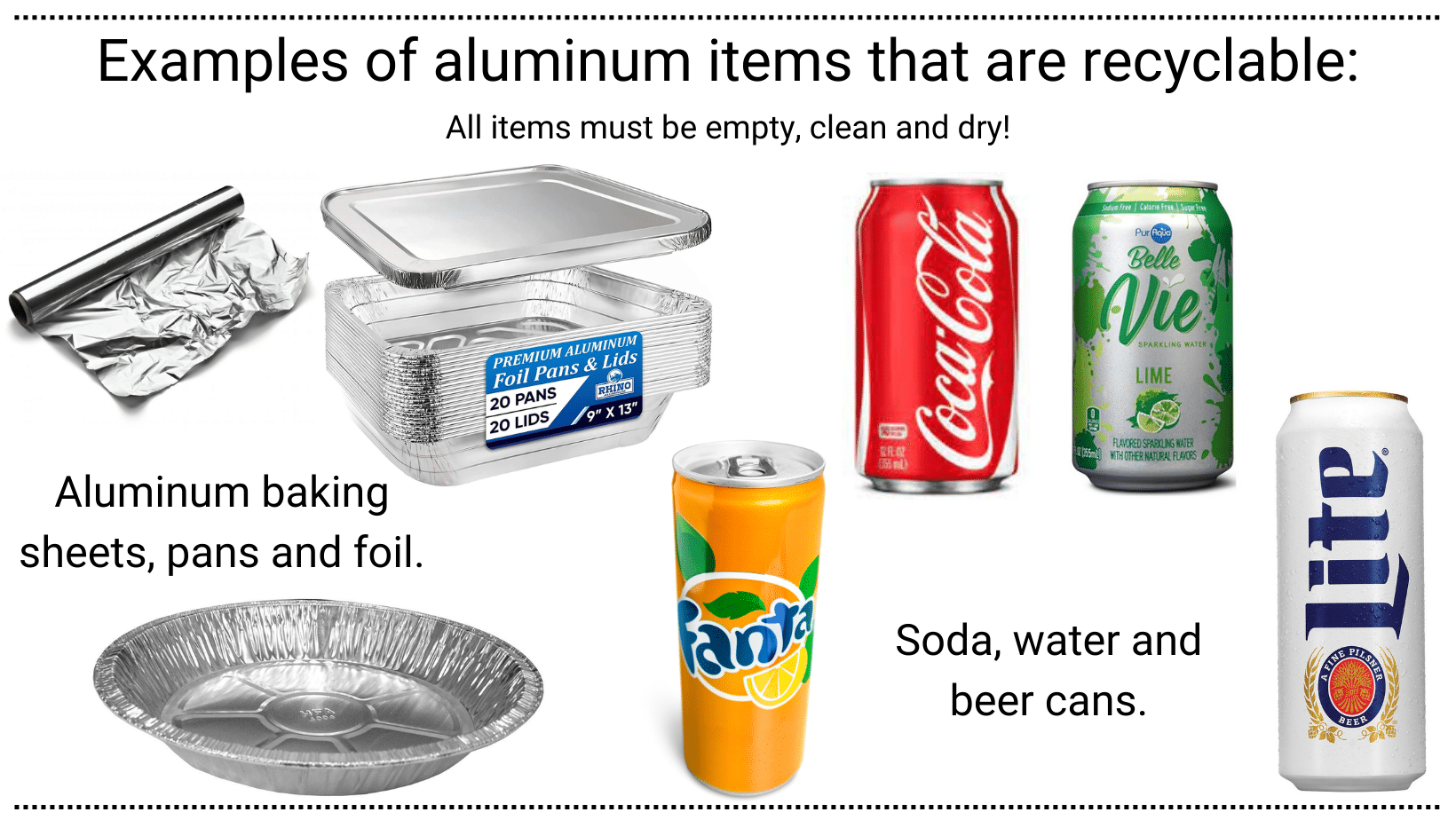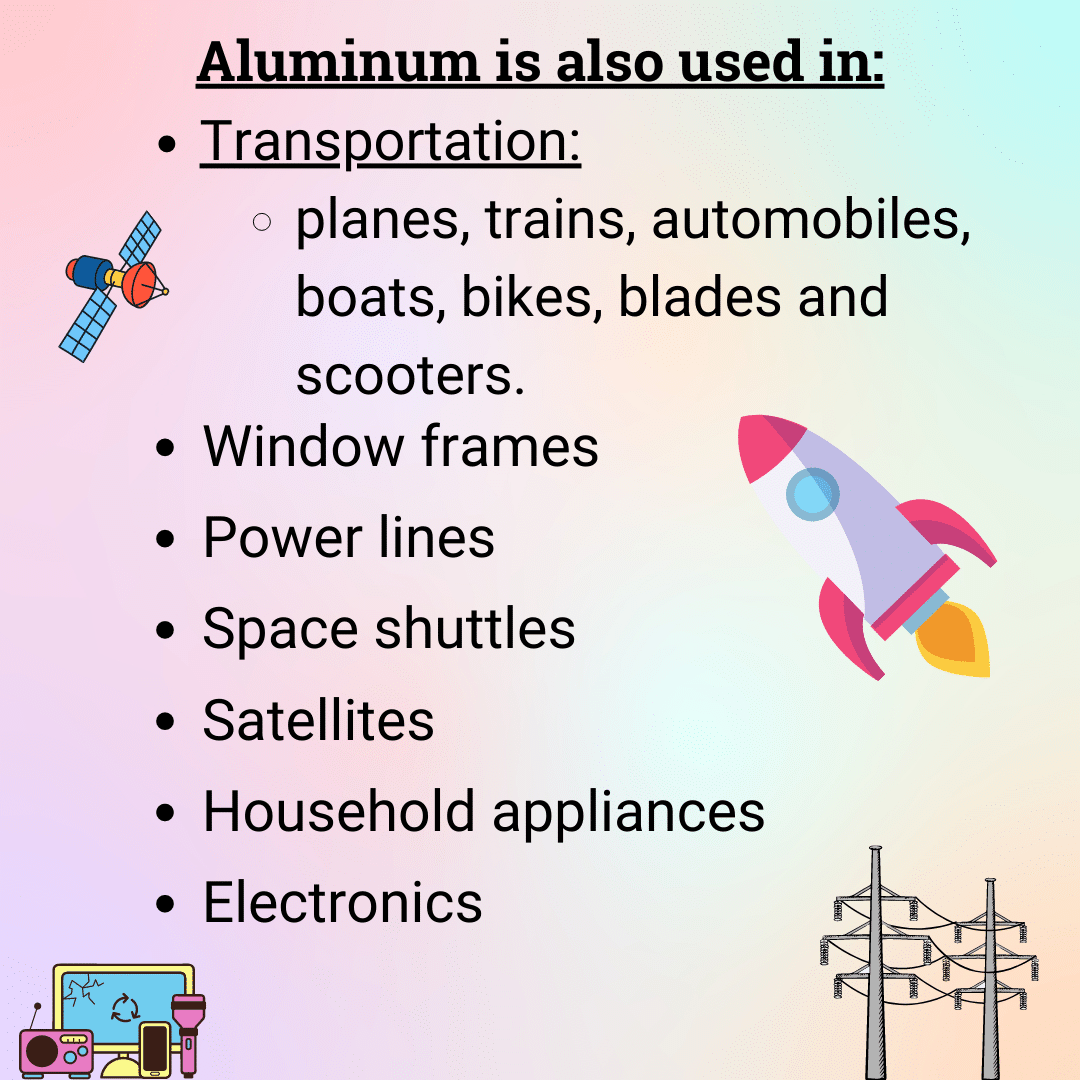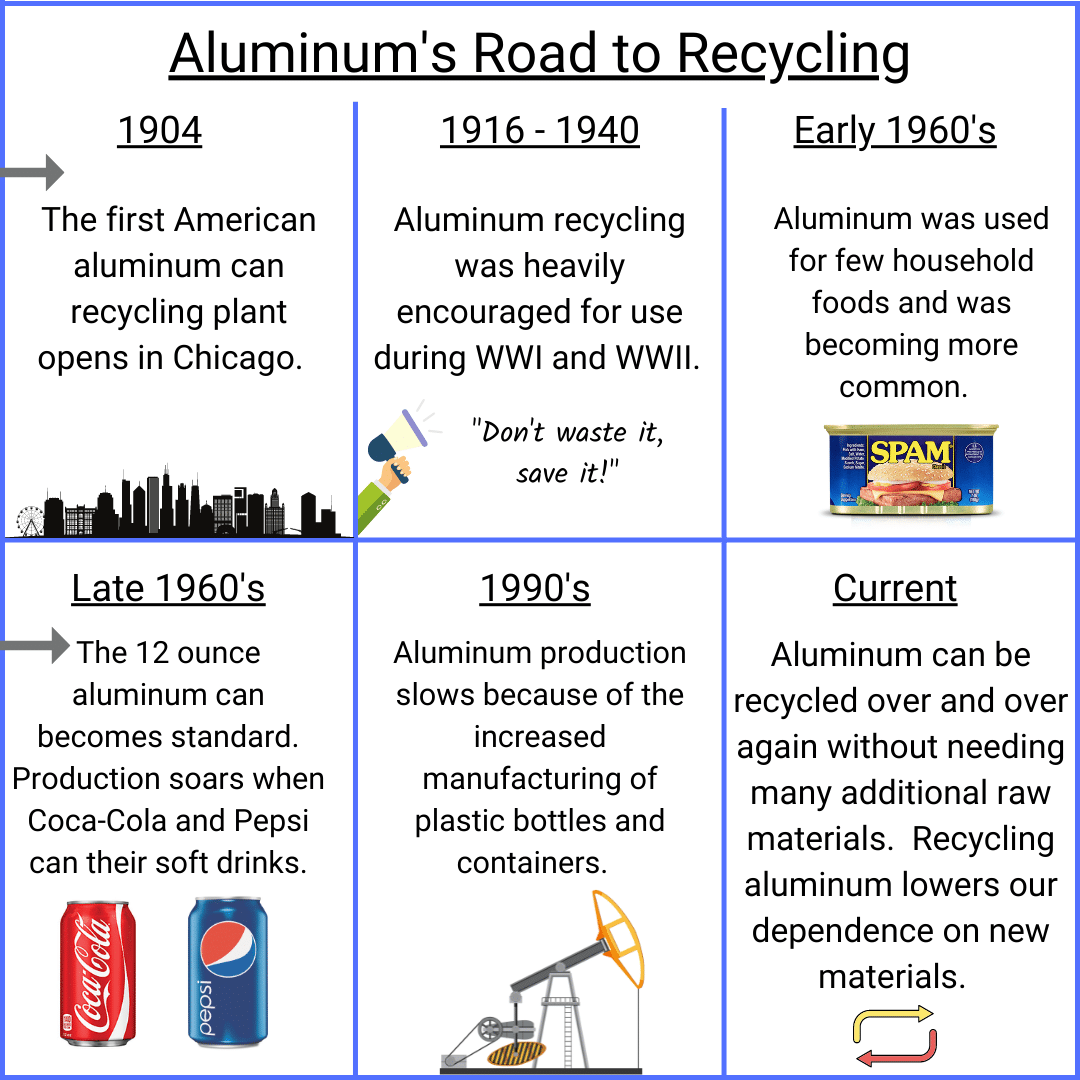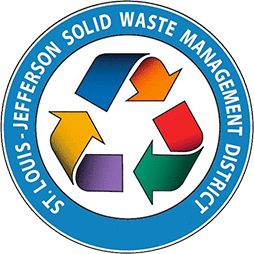Aluminum
Everything that we use or consume comes from a natural resource which is why it’s so important to dispose of items in the proper bin. Recycling, landfill, yard waste and even compost bins help us divert waste to the proper location based on what we are disposing of.
Do you know where we get all of our aluminum cans from? The beer aisle at the grocery store alone holds thousands of different sizes and shapes of aluminum cans. The baking aisle has plenty of aluminum foil rolls, baking sheets and cake pans. Aluminum products are staples in our everyday lives.

The Beginning of Aluminum
Aluminum is extracted from bauxite, which is mined from deep inside the Earth’s surface. Since it’s chemical discovery in the 1820’s by Hans Christian Oersted, the process of mining, extracting, producing and using aluminum evolved and the process for aluminum production has increased since then. Aluminum is used for a lot of things in addition to it being commonly used in the food and drink industry.

FUN FACT: Aluminum is the most abundant metal on Earth!

Aluminum Recycling

It’s important to recycle empty and clean aluminum food and beverage cans because according to Todd Summe, Chief Research and Development Officer at Novelis, “it takes only about 5% of the energy used to produce new metal.” Once your metal food and beverage cans are empty and placed in the Blue Bin, it only takes 60 days for them to be put back on the shelf with new contents inside!
Additional Resources and Case Studies:
Aluminum’s Strange Journey from Precious Metal to Beer Can
Microbial Indicators of Soil Health in Jamaican Bauxite Mined Regions
Frequent Questions About Environmental Management Systems
Mineração Rio do Norte – Amazon bauxite mining case study








